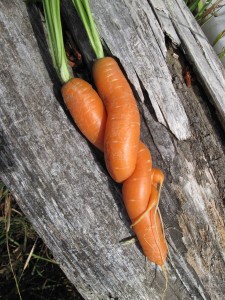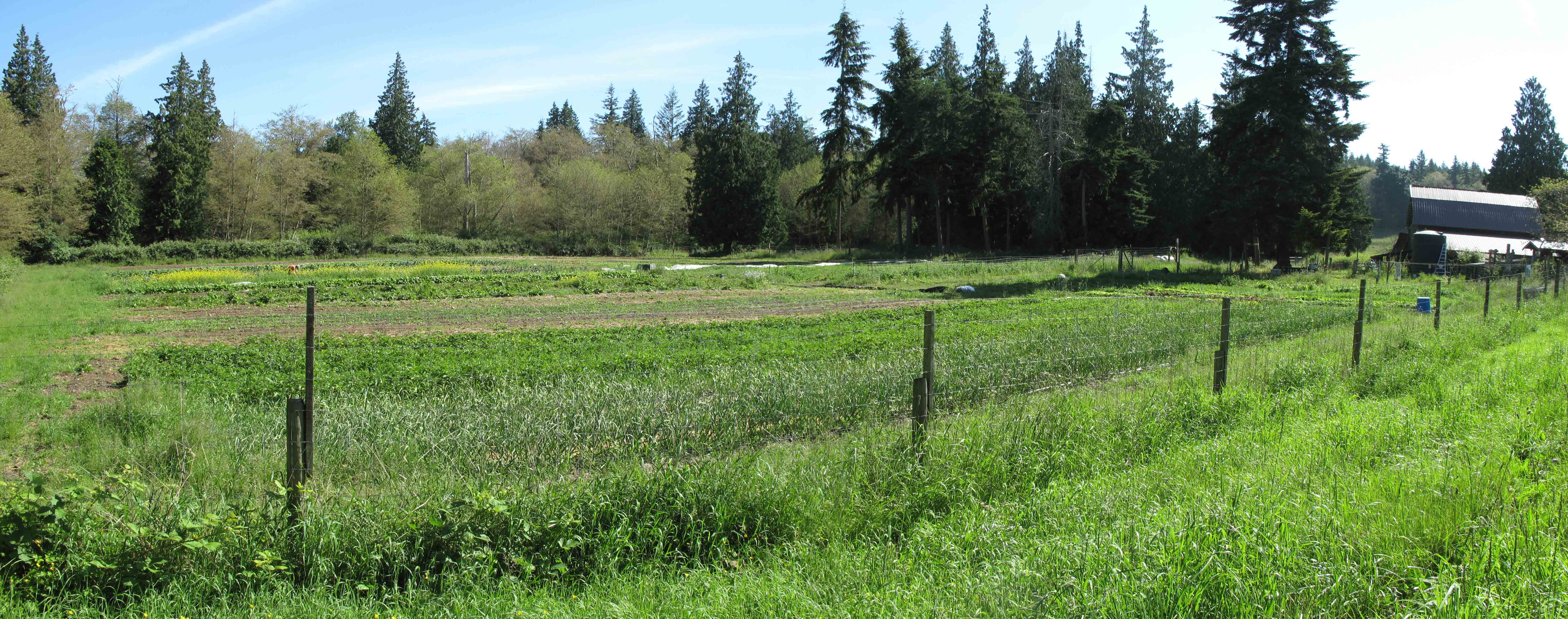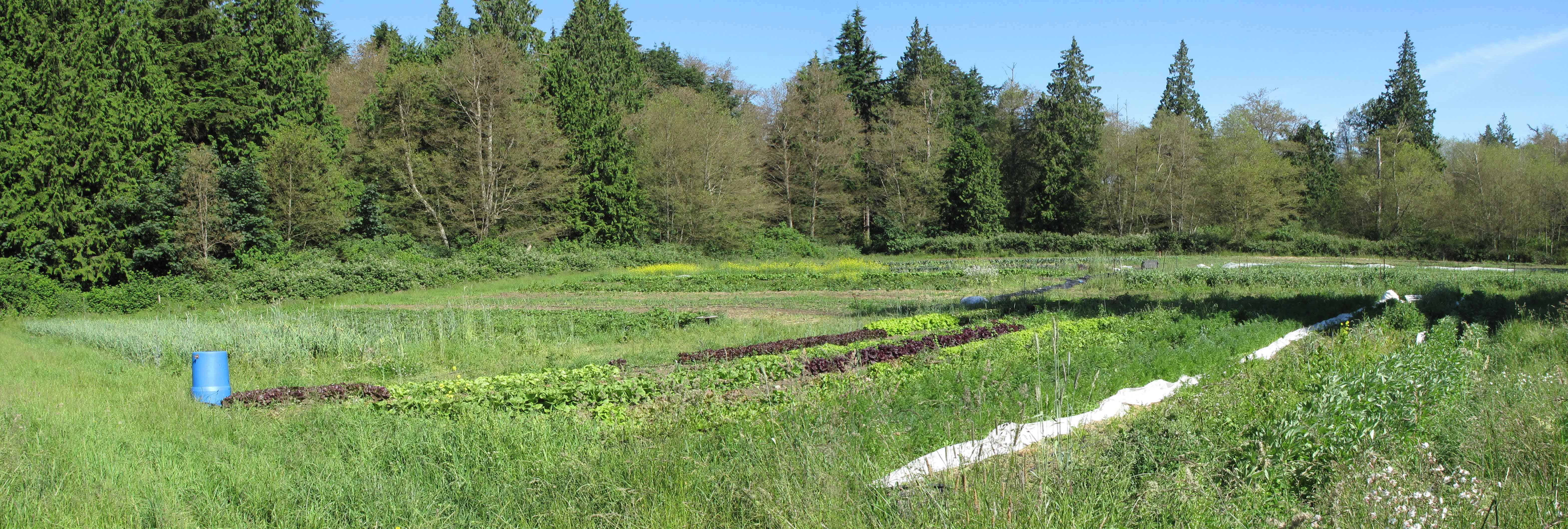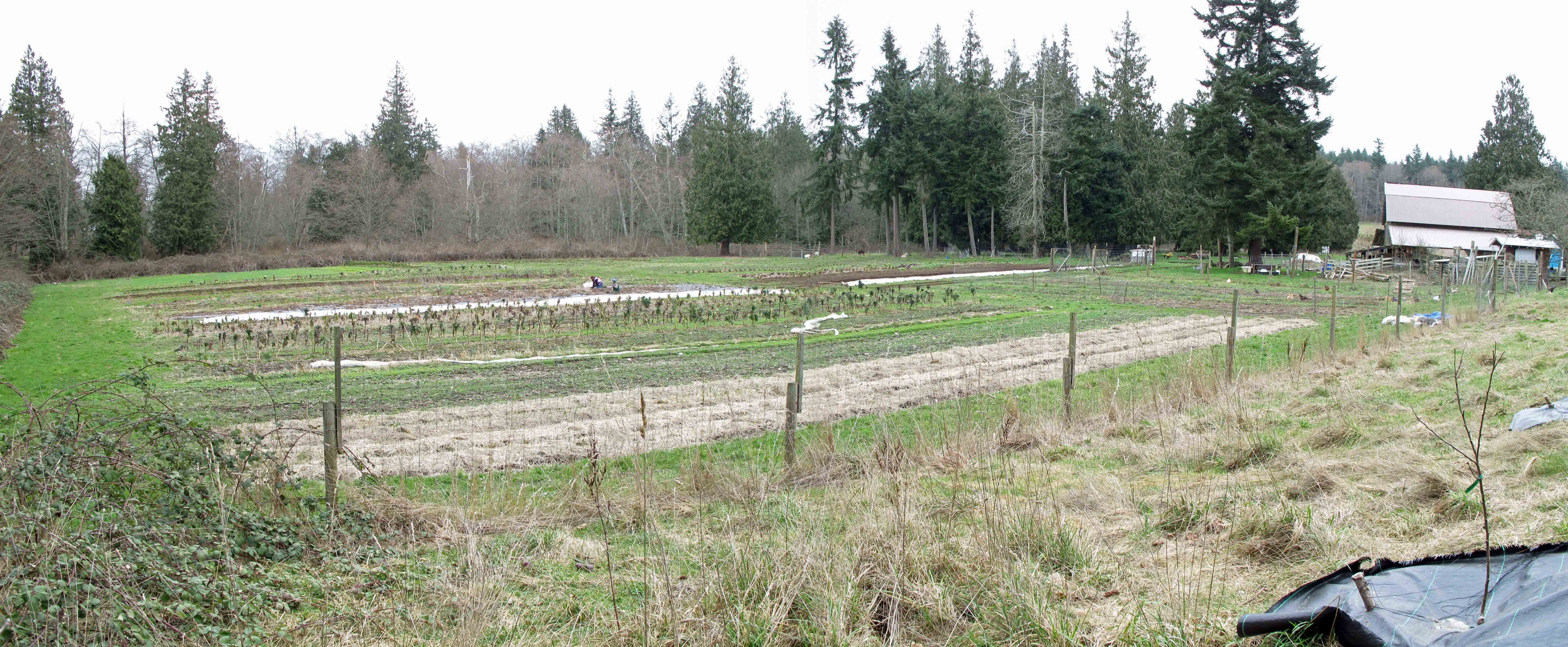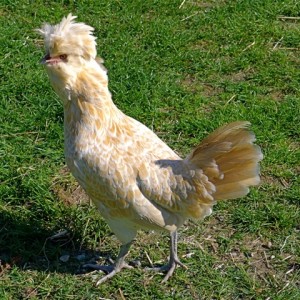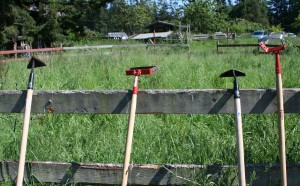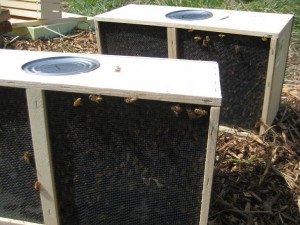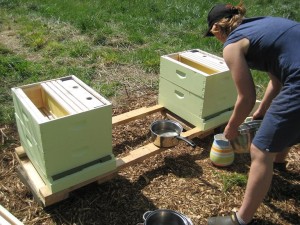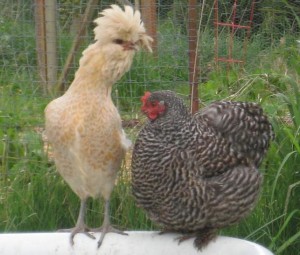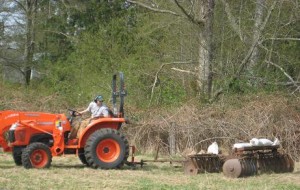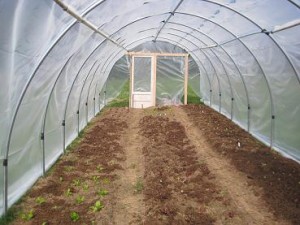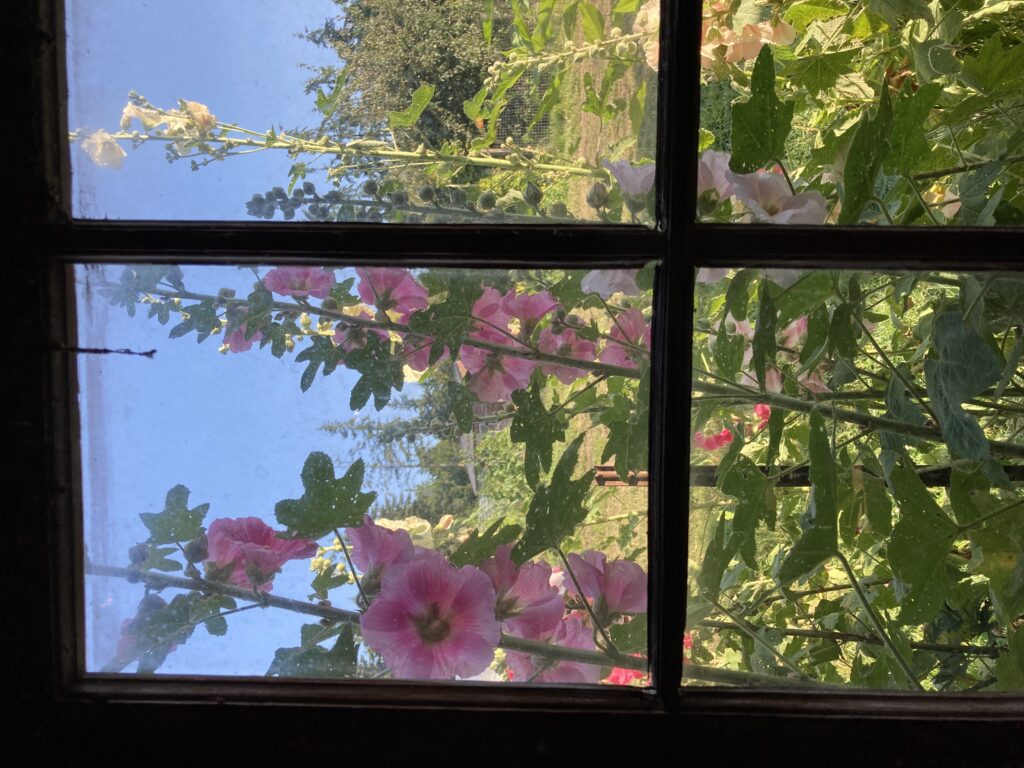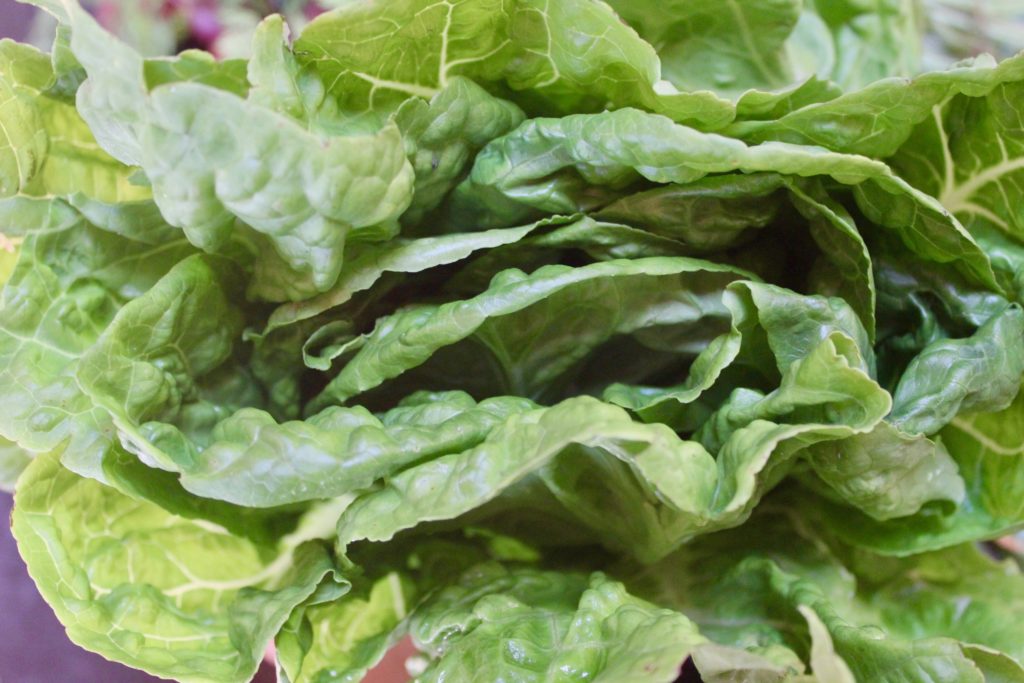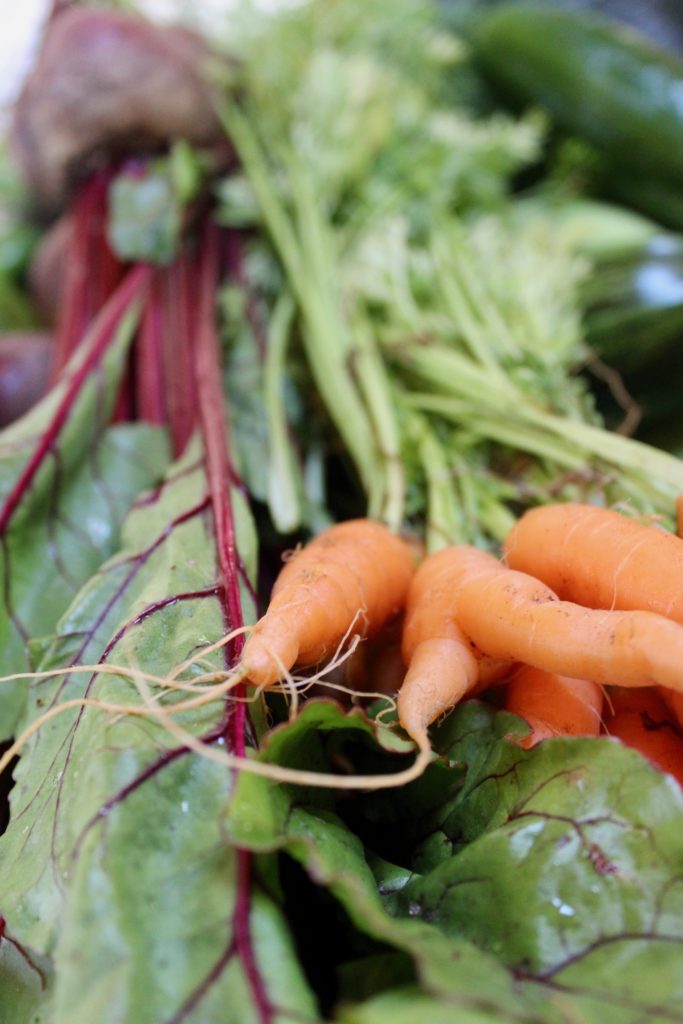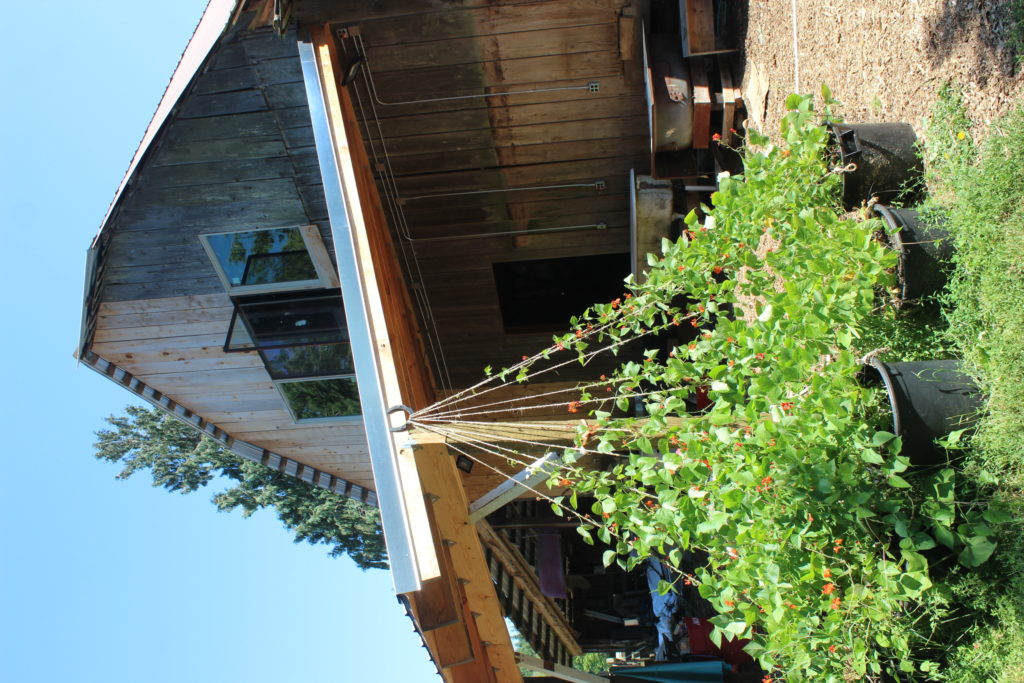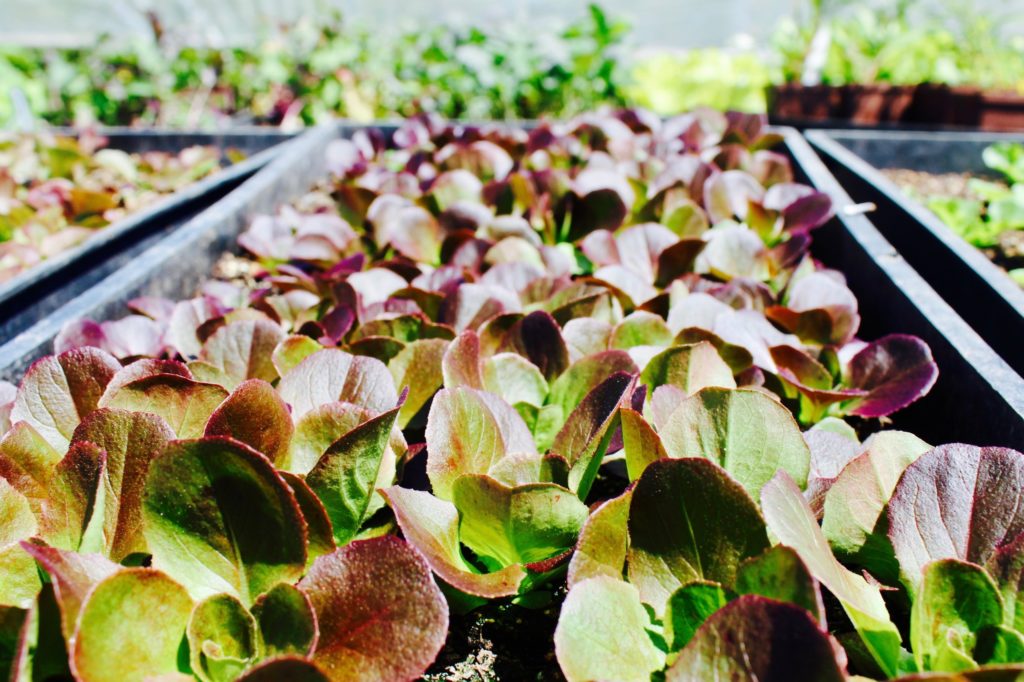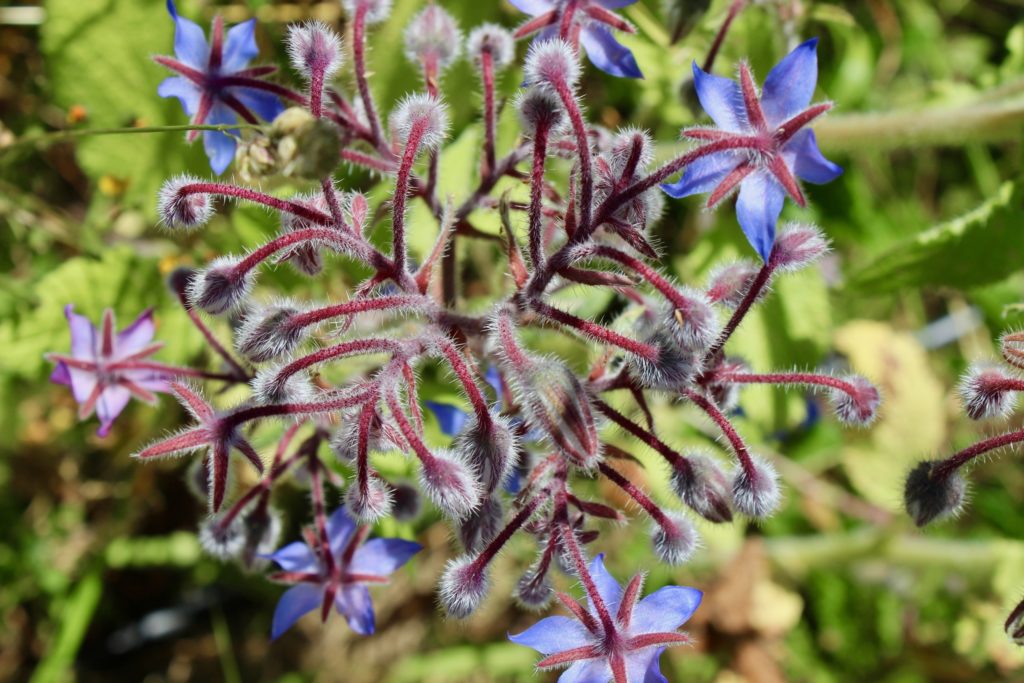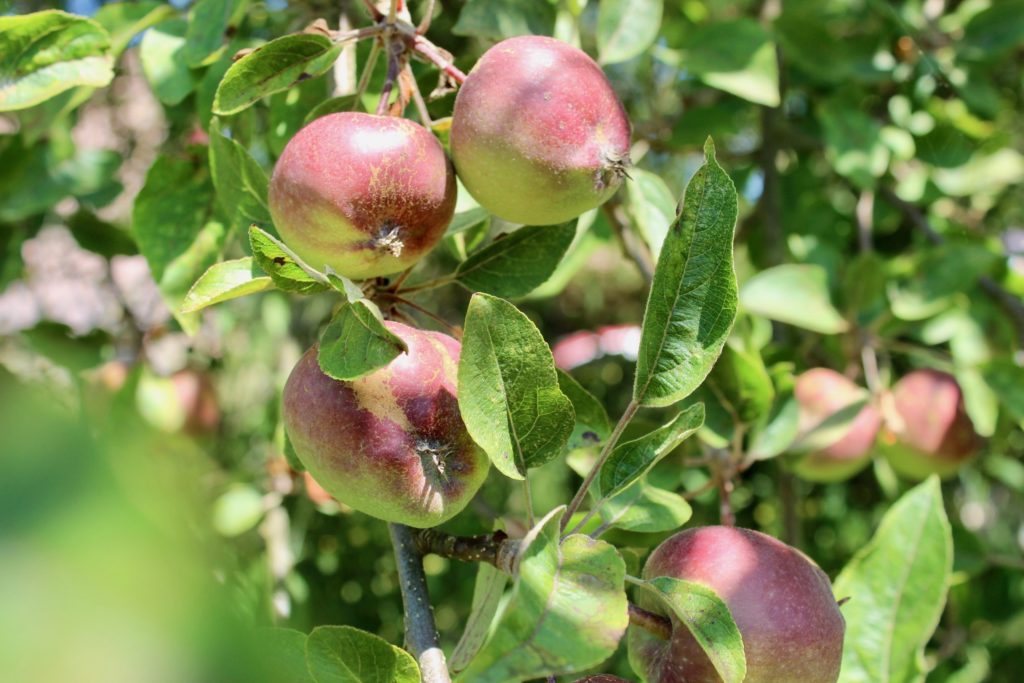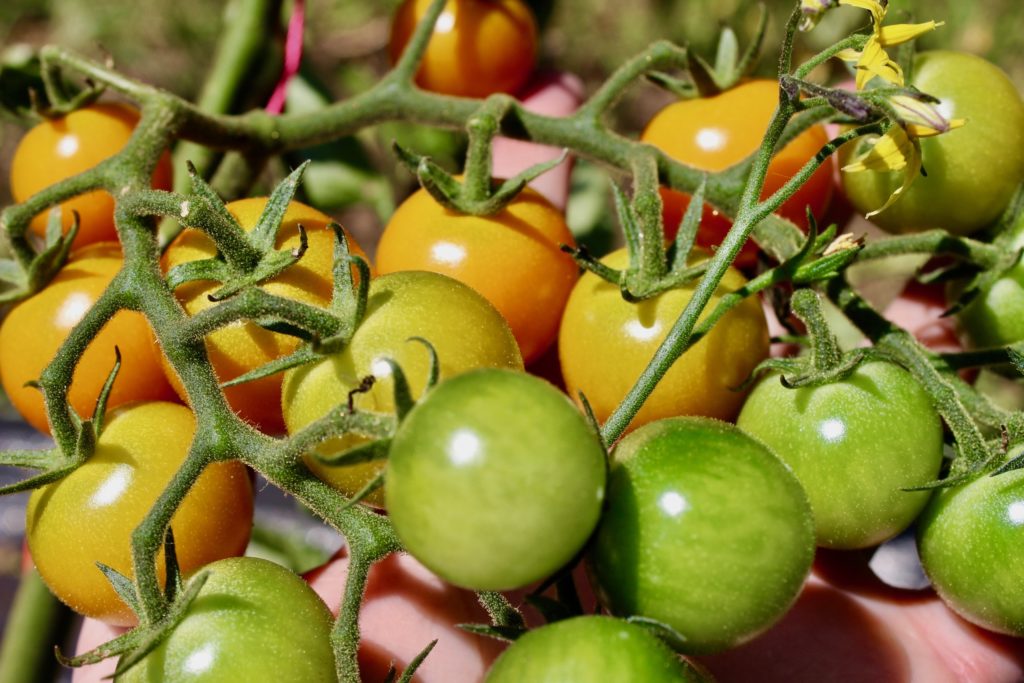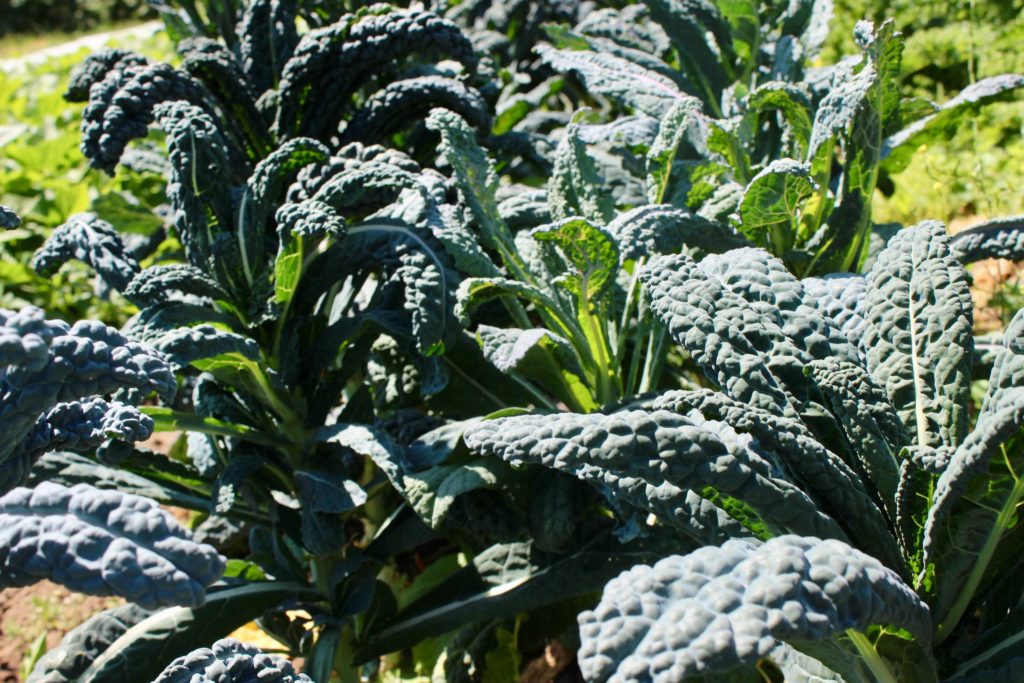As the season changes and spring begins to approach – I think I feel it in my body – the farm feels it for sure! It comes as a dramatic shift in the feeling landscape long before it is manifest in any piece of plant growth or farm smell that I can identify – and it is already happening. The days are not so short, the chickens are laying more eggs (though there are far fewer of them now), and the goats are wondering just how soon we will let them ‘have at’ the abundance of forage that has been regrowing during the ideal time of winter. I know it is time for spring to come because our crop plan is finally finished and the seeds are ordered and the plan is beginning to take shape for this new season – and the excitement of it all keeps me from being able to sleep in on saturday morning – no matter how late I found myself meditating in the barn on Friday night!
And while our plans are beginning to solidify I’m not quite ready to end the hiatus of a spacious January, so this week’s newsletter is more about an idea than the shape and form of our impending farm season. Max and I will be running the farm this year and we are eager to tell you all about it – in the next newsletter! This week, I’m going to focus on the book club conversation that I had Monday night with a grand cohort of students, faculty, staff and community members at the University of Washington.
We are reading together a book, Healing Grounds by Liz Carlisle. She is exploring the indigenous roots of regenerative agriculture.…
It takes a special kind of society to have the unique form of hubris… in which one generation inacts genocide, creating deep cultural wounds, which the next generation forgets as they actively normalize dysfunction and then celebrate when the grandchildren or great grandchildren, generations later, happen upon a partial solution and declare victory. Can we really call this discovery? Can we call it progress?
Just over 150 years ago the great plains of America were a landscape dominated by native plants, native herbivores and the diverse human civilizations that had developed in relationship with grass and buffalo. The prairie – which we now call the breadbasket of America – was a diverse and incredibly productive landscape.
In fact, those very productive soils that form the prairie of the midwest are a product – not of geology, but of biology. They are productive – because of the bison! Bison and the grass of the prairie ecosystem evolved together – when prairie grass is grazed by bison – actually – the saliva of the bison stimulates the grass to regrow! This is amazing! When grass is first eaten – the roots – which store a lot of energy – for the event of a grazing disaster – start to release that energy to stimulate the above ground growth. The energy the roots release helps the prairie regrow and as the roots release that energy – whatever they can not turn into simple sugars for growth is deposited as organic matter (stored carbon) in soils. Over the time horizon of evolutionary history – tens of thousands of years – this process of root senescence post grazing is what has given us the deep, black, productive soils of the American Mid-West.
It is this very principle – that is at the heart of a regenerative farming practice. Soil stores more than three times the amount of carbon in our atmosphere. It has the capacity to store even more. And there are people all around proclaiming the potential of agriculture as a solution to our carbon pollution problem. We agree with them. Agriculture can be a powerful part of how we respond to heal the planet. And a truly regenerative agriculture will respond not only by centering the work of capturing carbon in the soils, but by amplifying the cultures and people whose ancestors have known the landscapes of our farms, not as landforms, but as kin. Regenerative agriculture is about restoring not only ecosystem function within agricultural production but it is also about rebuilding human communities who center reciprocity with living systems.
Monday night in our book group we spent the whole time learning about bison and this ancient connection between human communities, prairie ecosystems and living soils. Our students drew pictures and asked important questions. We reflected on the idea that one of the most destructive things settlers did was begin to build fences on the prairie – the fences destroyed the historical management of buffalo herds. Students began to reflect on what might be done to restore ecosystem function. How can fences – which materially damage the ecological management of the prairie as an ecosystem – be removed to promote regenerative systems?
The students leading our discussion Monday night posed with a question I will end with here:
“What fences, either literal or metaphorical, still exist today as barriers in the way of enacting true regeneration and healing, both ecologically and socially?”

